Explore Junya Ishigami's cave-like house and restaurant design
Japanese architect Junya Ishigami has completed his impressive, cave-like Home/Restaurant project in his home country's Yamaguchi
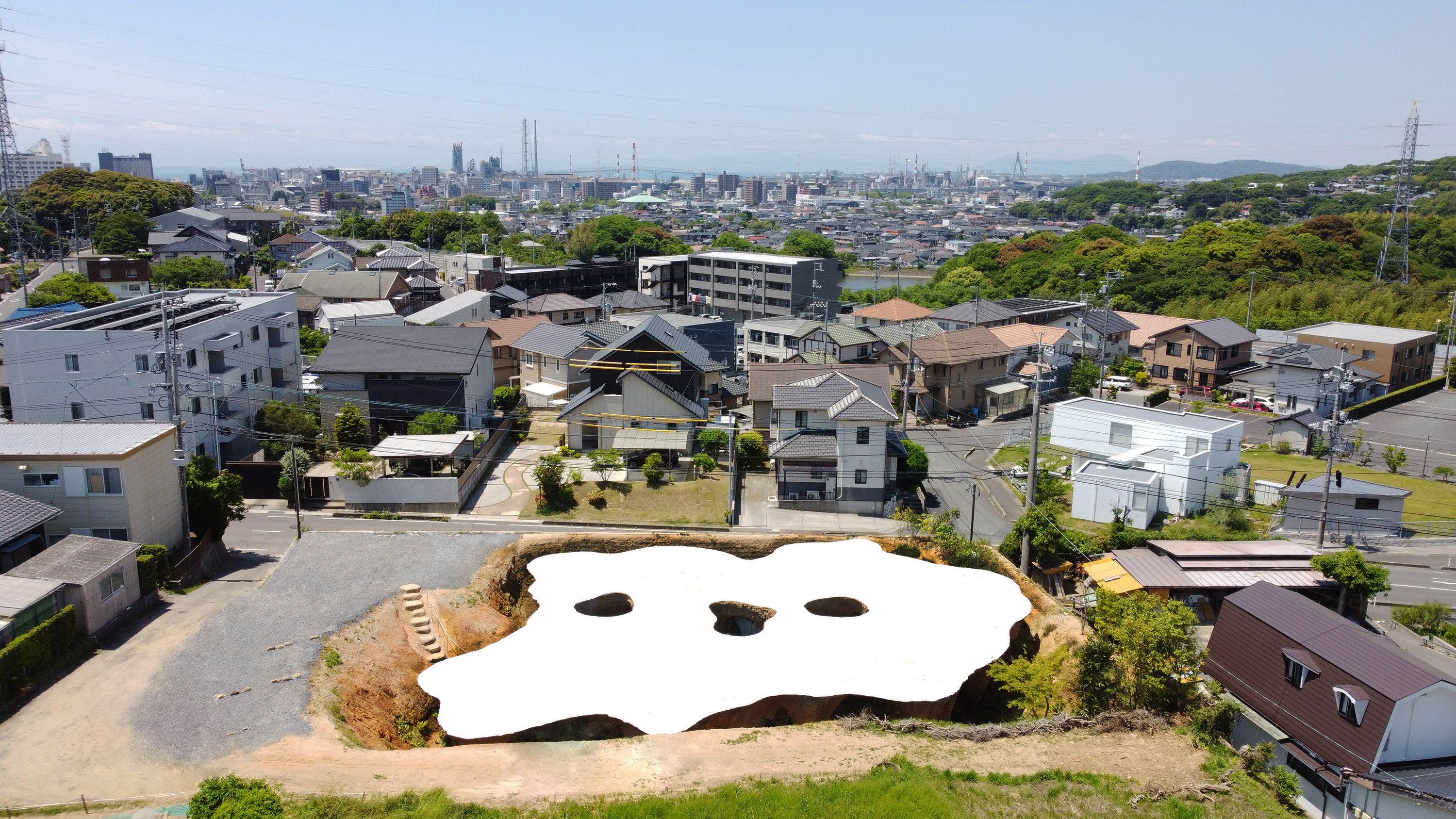
When we first heard about Junya Ishigami’s idea for an unusual, cave-like house and restaurant design in Yamaguchi back in 2018, we knew we had to come back when the project was completed. This is one of those designs that push the envelope for what architecture can be. Even though relatively small in size, the project has been nine years in the making; three for the design phase, and six for the actual construction. The result is a unique piece of Japanese architecture, and the product of a visionary mind, some hefty poured concrete and a painstaking, archeology-like excavation.
Ishigami’s client wanted a distinctive, earth-inspired space that would serve both as an intimate restaurant and a home for his family. Ishigami’s proposal included a radical construction method. A carefully thought-out moon-like landscape of holes was dug out of the 914 sq m site, then filled with reinforced concrete. The cavities surrounding the concrete were excavated to reveal a seemingly random, but actually carefully designed, configuration of interconnecting ‘caves' making up the structure's almost 200 sq m floor plan.

The original idea was for the building's walls to appear as rough grey concrete, but when the team of diggers started removing the earth around the poured areas, some of the soil stuck to the concrete and created a beautiful natural finish that both Ishigami and the client liked, so they decided to keep it. Three small courtyards separate the restaurant to the north and the private residence to the south of the site, but a passage through the central courtyard makes it possible to move seamlessly between the two. The restaurant seats five at the main counter, while 12 small tables are scattered throughout the large cavernous interior.

The similarly cave-like house has two bedrooms, and a large open space with a dining table and a sunken living area. The home's small kitchen has also been lowered and the counter and sink are made out of polished poured concrete. All the gaps between the uneven structures were 3D-scanned to allow the precise making of window and door frames that would fit each individual opening. These were then caulked in place.
The project's low, organic shape is a far cry from the surrounding, conventional family homes; and not just because the house is hidden, semi-buried into earth and hardly seen from above the ground. What is visible looks like an odd-shaped lake or perhaps an oversized painter’s palette, all rounded edges, holes and undulating forms. And then, entering the cave, Ishigami's magic becomes clear and the project's sculptural identity unfolds, drawing the visitor into this highly idiosyncratic design.
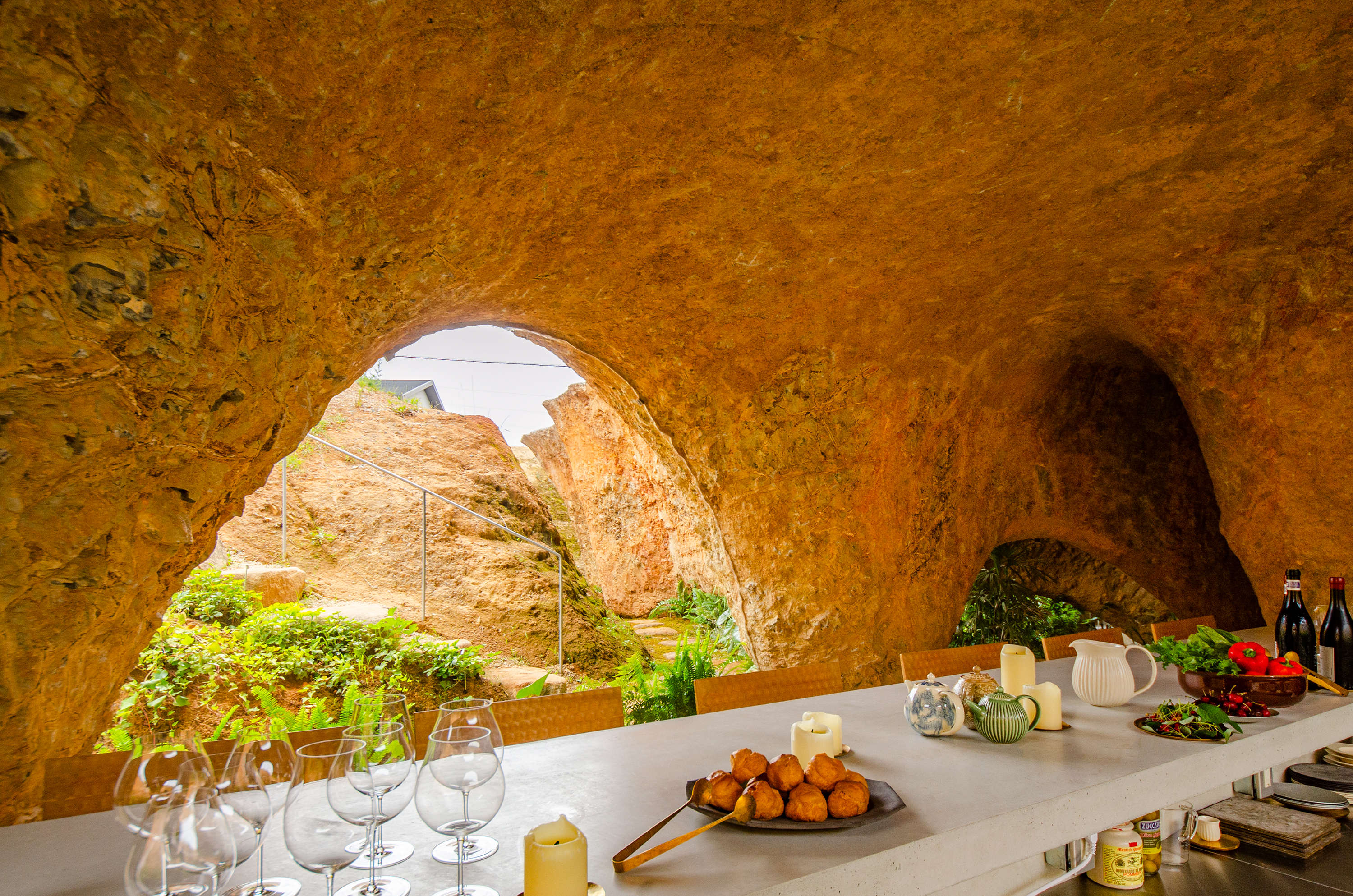
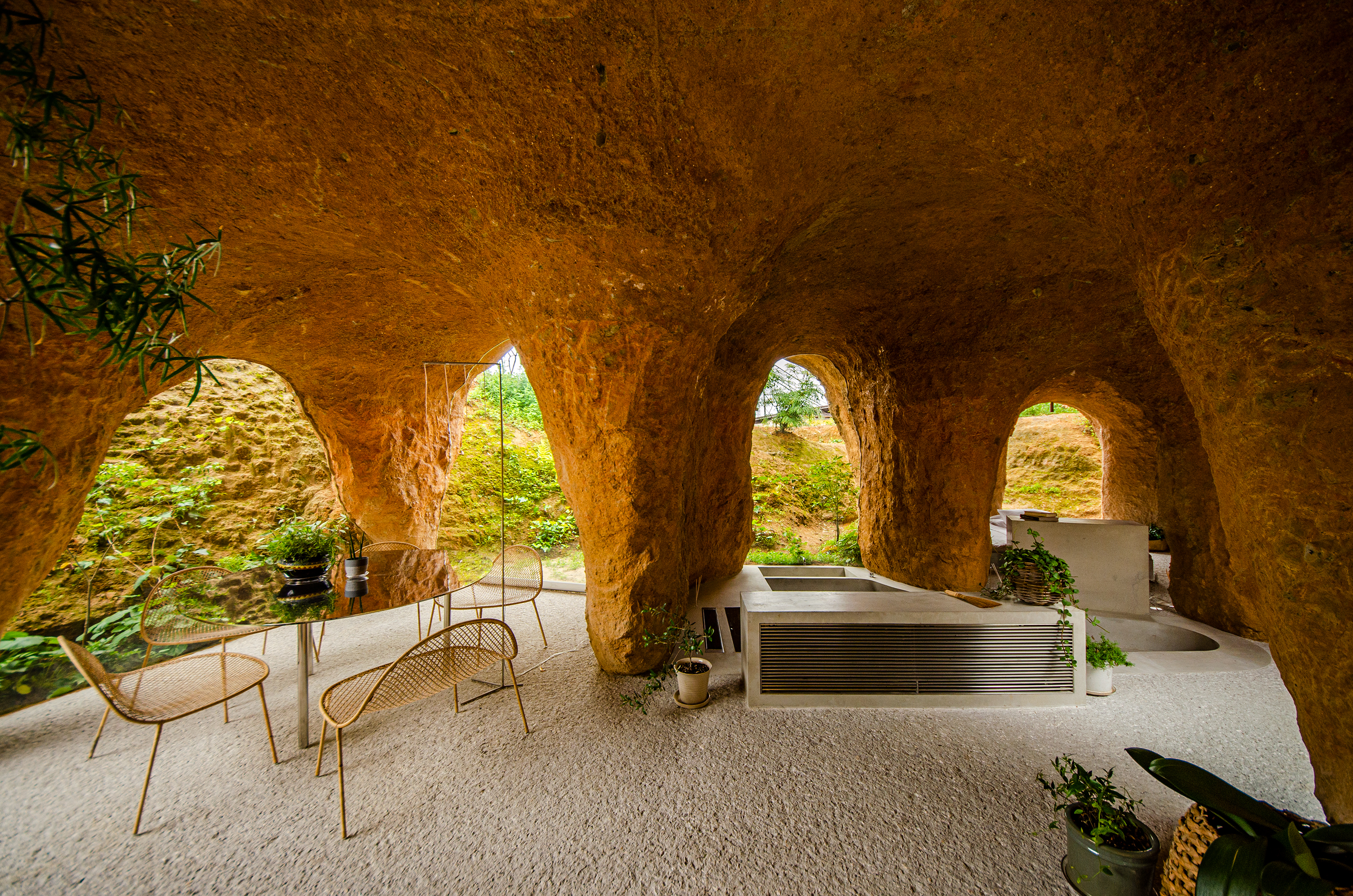
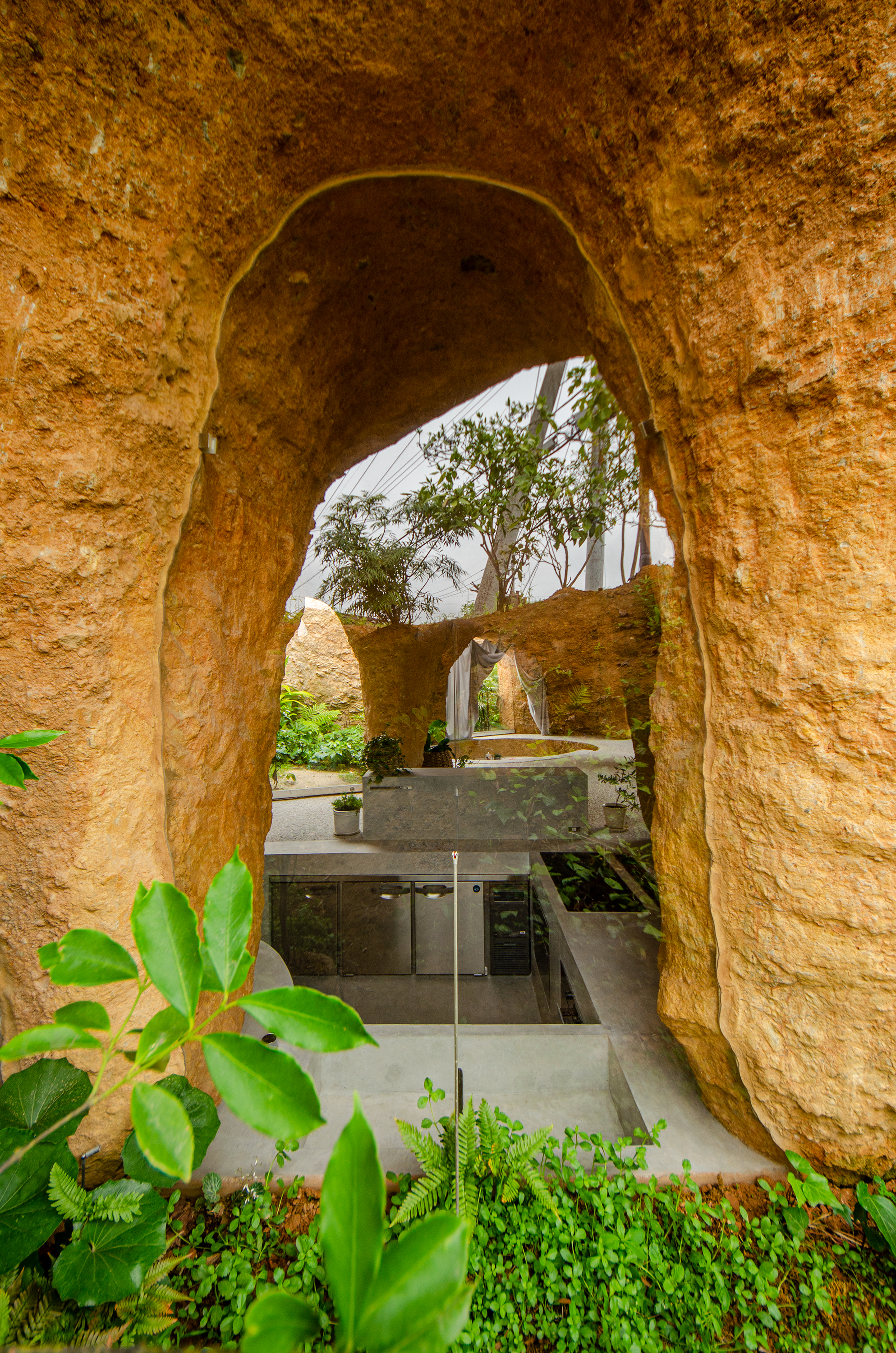
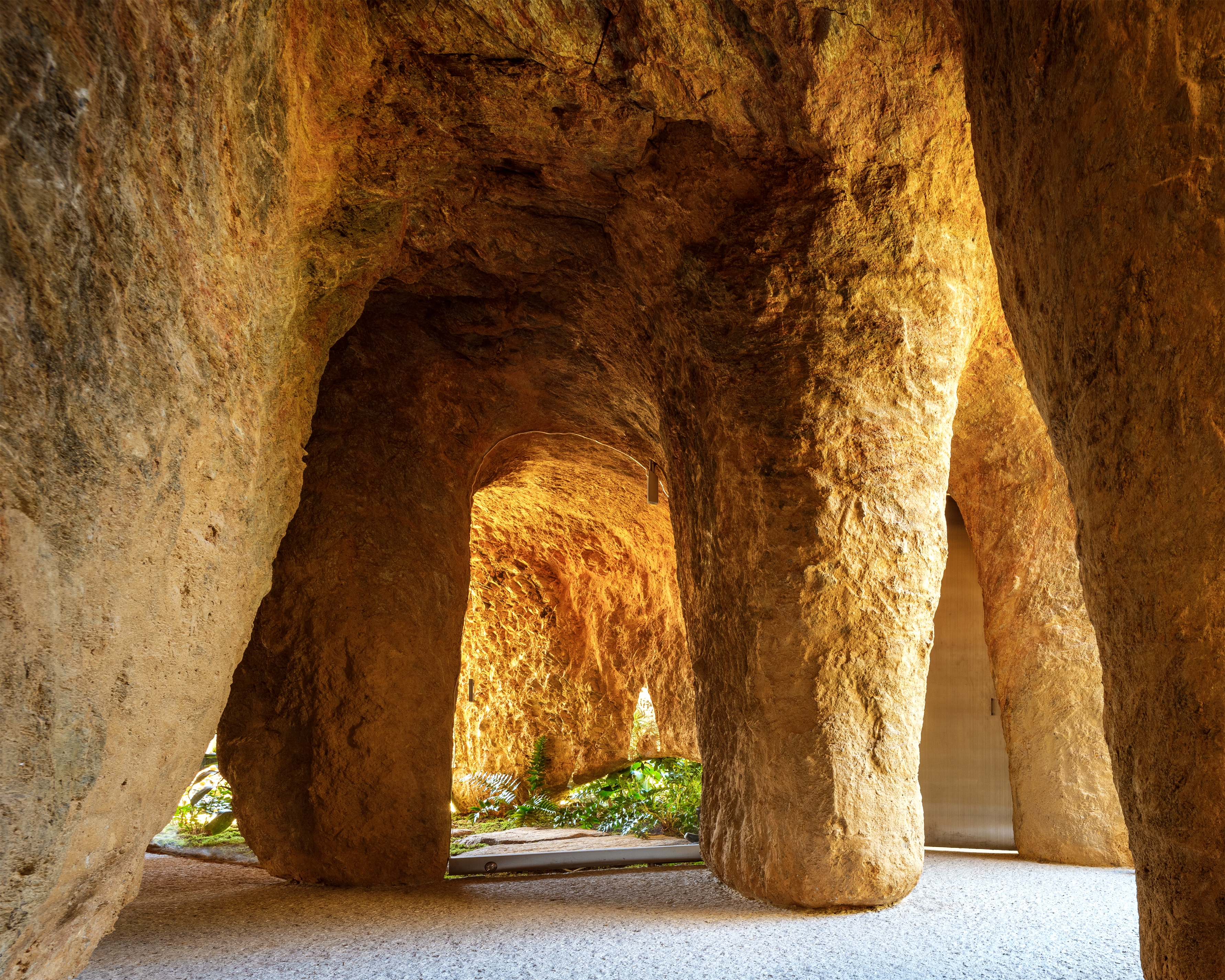
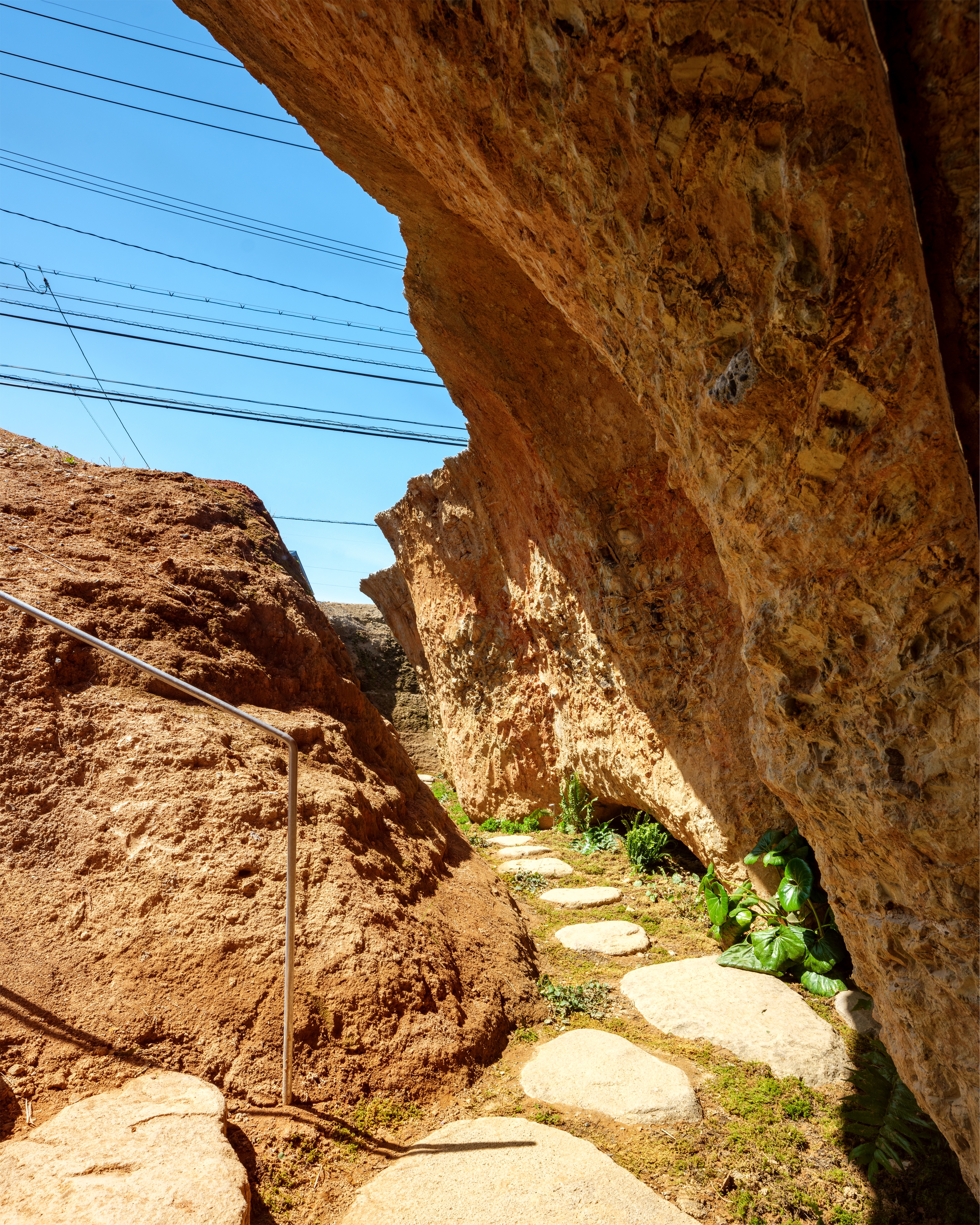
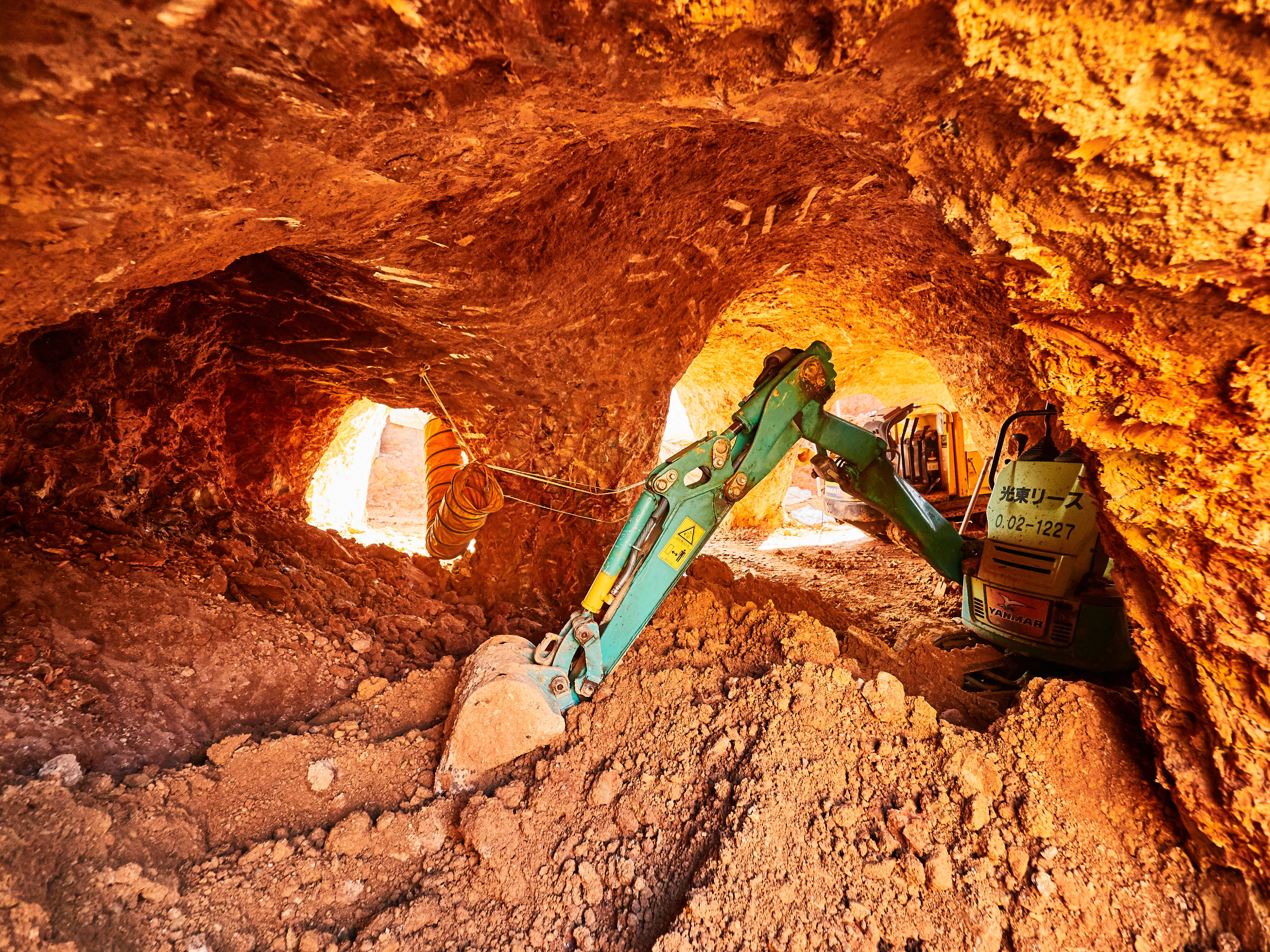

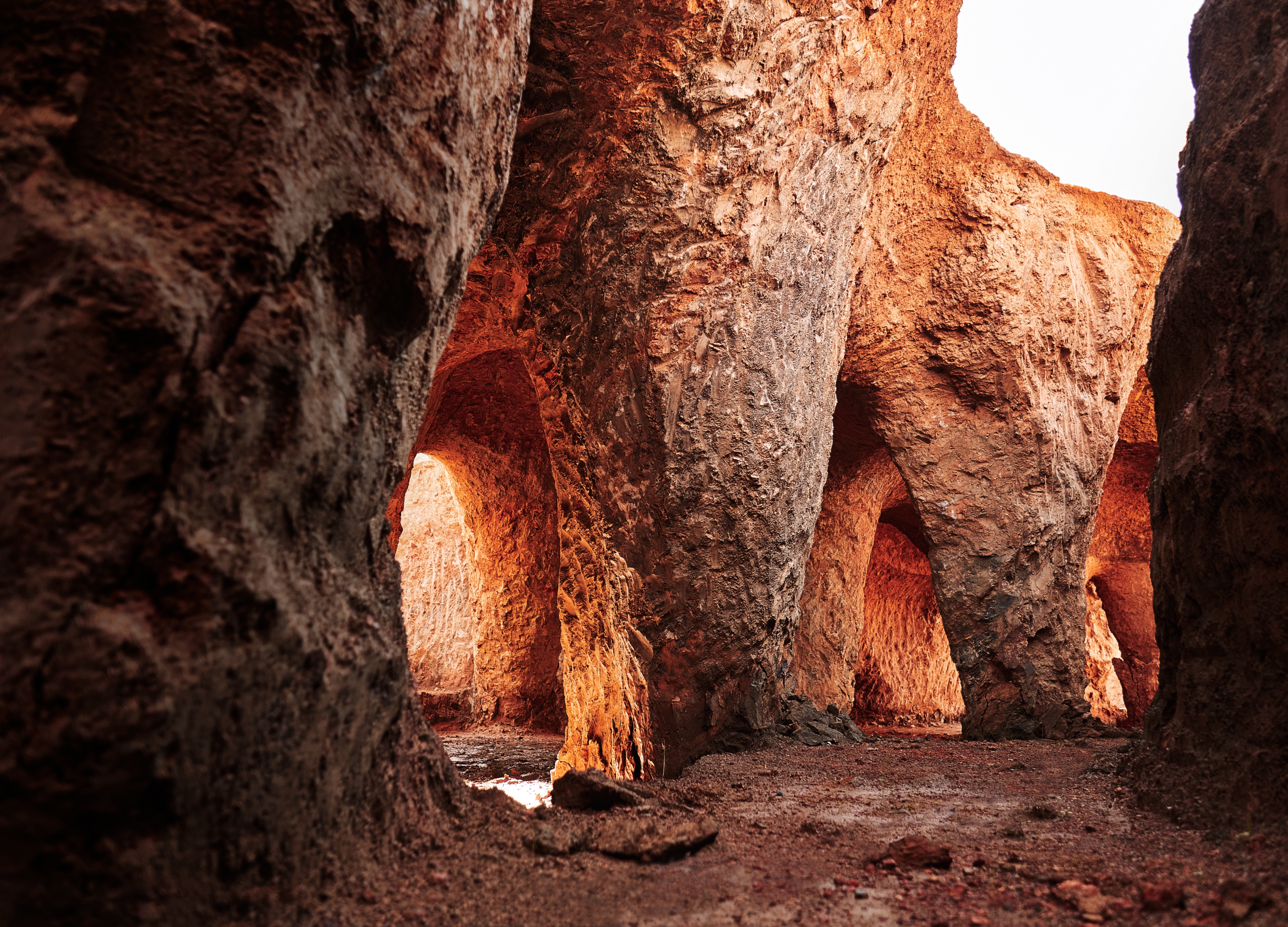
INFORMATION
Receive our daily digest of inspiration, escapism and design stories from around the world direct to your inbox.
Originally from Denmark, Jens H. Jensen has been calling Japan his home for almost two decades. Since 2014 he has worked with Wallpaper* as the Japan Editor. His main interests are architecture, crafts and design. Besides writing and editing, he consults numerous business in Japan and beyond and designs and build retail, residential and moving (read: vans) interiors.
-
 Reuters presents the 500 most impactful photographs of the last 40 years in a new book
Reuters presents the 500 most impactful photographs of the last 40 years in a new book'In the Moment: 40 Years of Reuters Photojournalism,' published by Thames & Hudson', celebrates an era of iconic photography
-
 At La Fondation hotel in Paris, minimalism has irresistible warmth
At La Fondation hotel in Paris, minimalism has irresistible warmthOnce a parking lot, this 17th-arrondissement stay now offers rooftop city views, cocooning suites, and interiors by Roman & Williams
-
 How LA's Terremoto brings 'historic architecture into its next era through revitalising the landscapes around them'
How LA's Terremoto brings 'historic architecture into its next era through revitalising the landscapes around them'Terremoto, the Los Angeles and San Francisco collective landscape architecture studio, shakes up the industry through openness and design passion
-
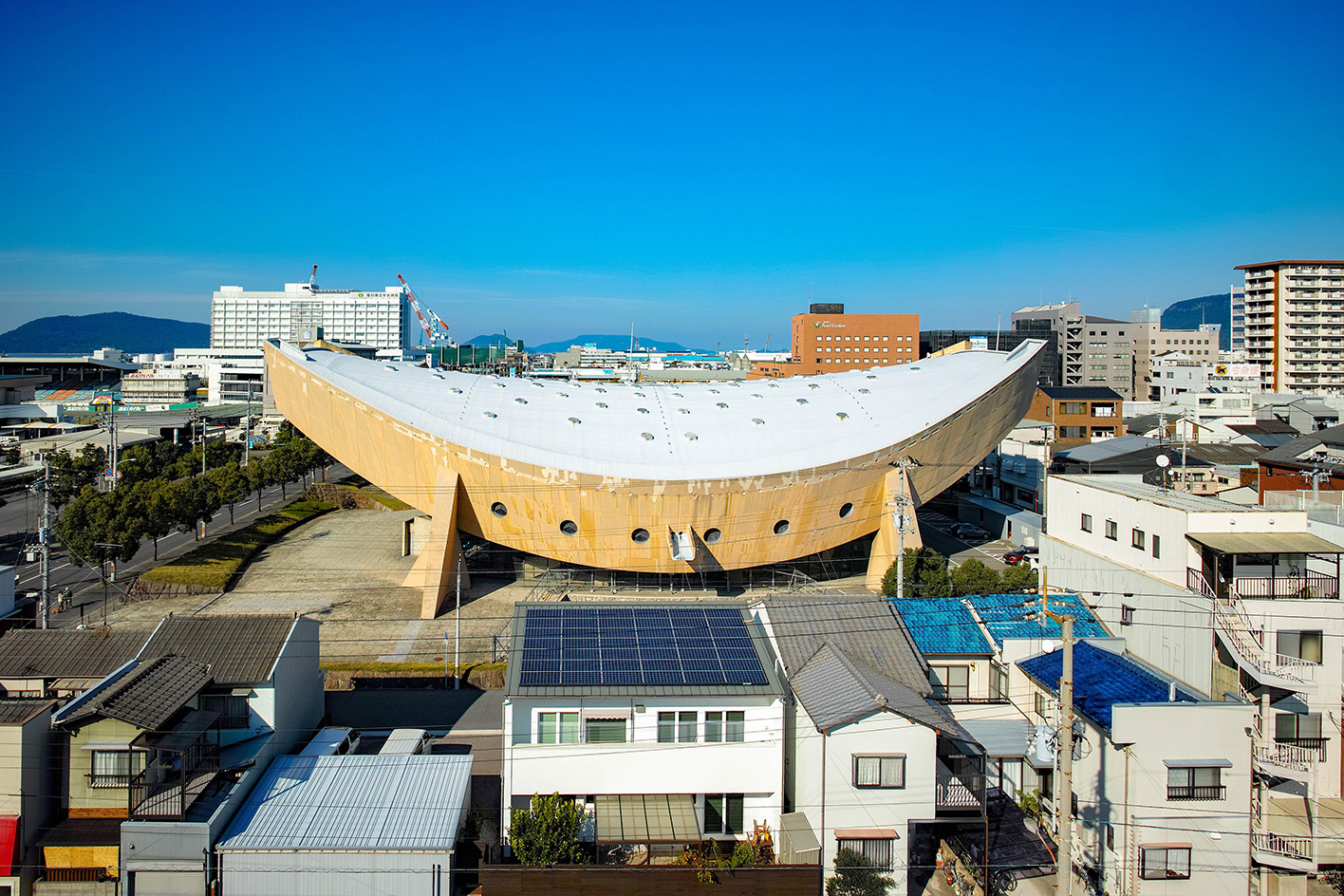 Campaigners propose reuse to save Kenzo Tange’s modernist ‘Ship Gymnasium’ in Japan
Campaigners propose reuse to save Kenzo Tange’s modernist ‘Ship Gymnasium’ in JapanThe Pritzker Prize-winning architect’s former Kagawa Prefectural Gymnasium is at risk of demolition; we caught up with the campaigners who hope to save it
-
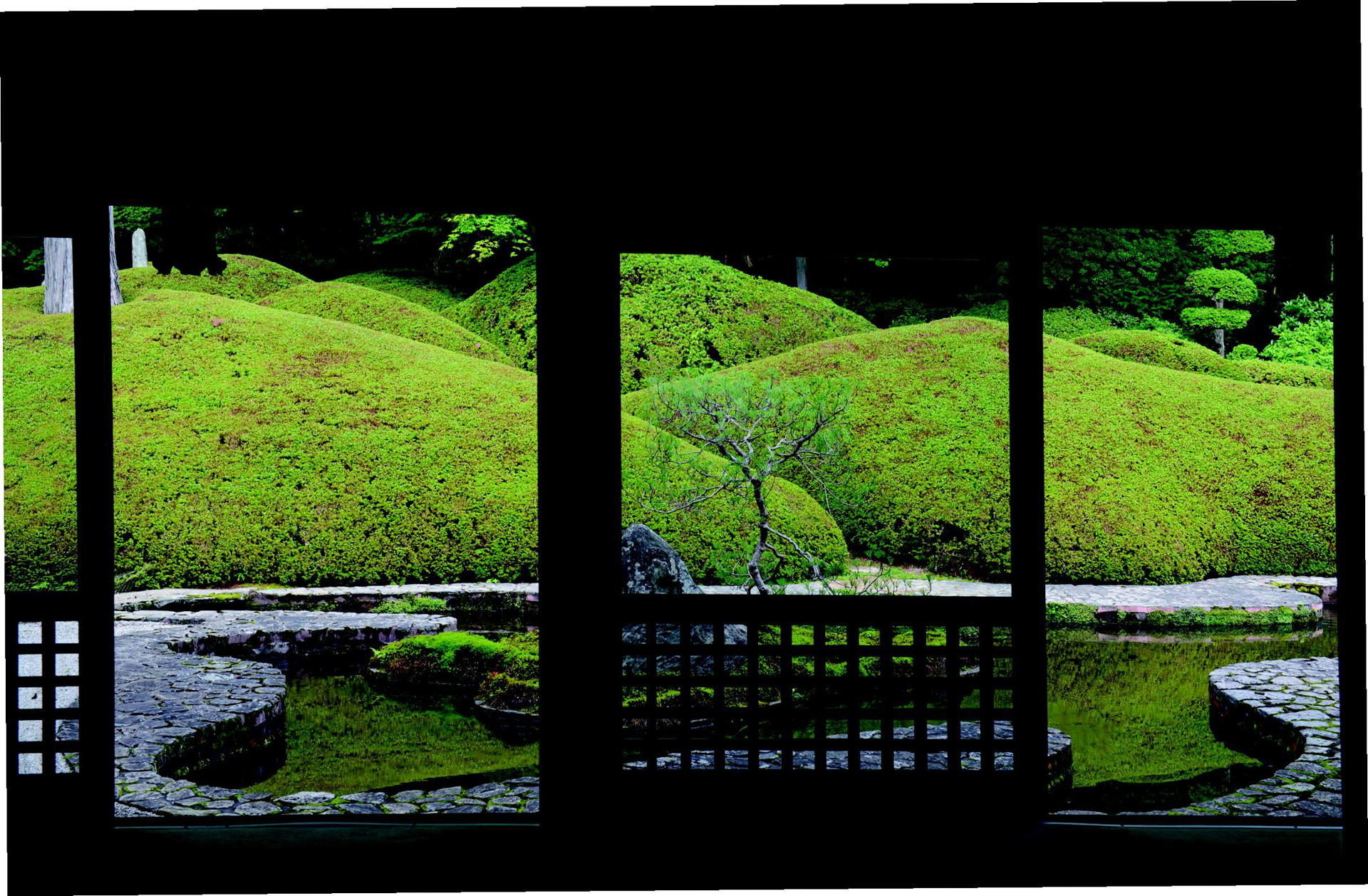 A new photo book explores the symbolic beauty of the Japanese garden
A new photo book explores the symbolic beauty of the Japanese garden‘Modern Japanese Gardens’ from Thames & Hudson traces the 20th-century evolution of these serene spaces, where every element has a purpose
-
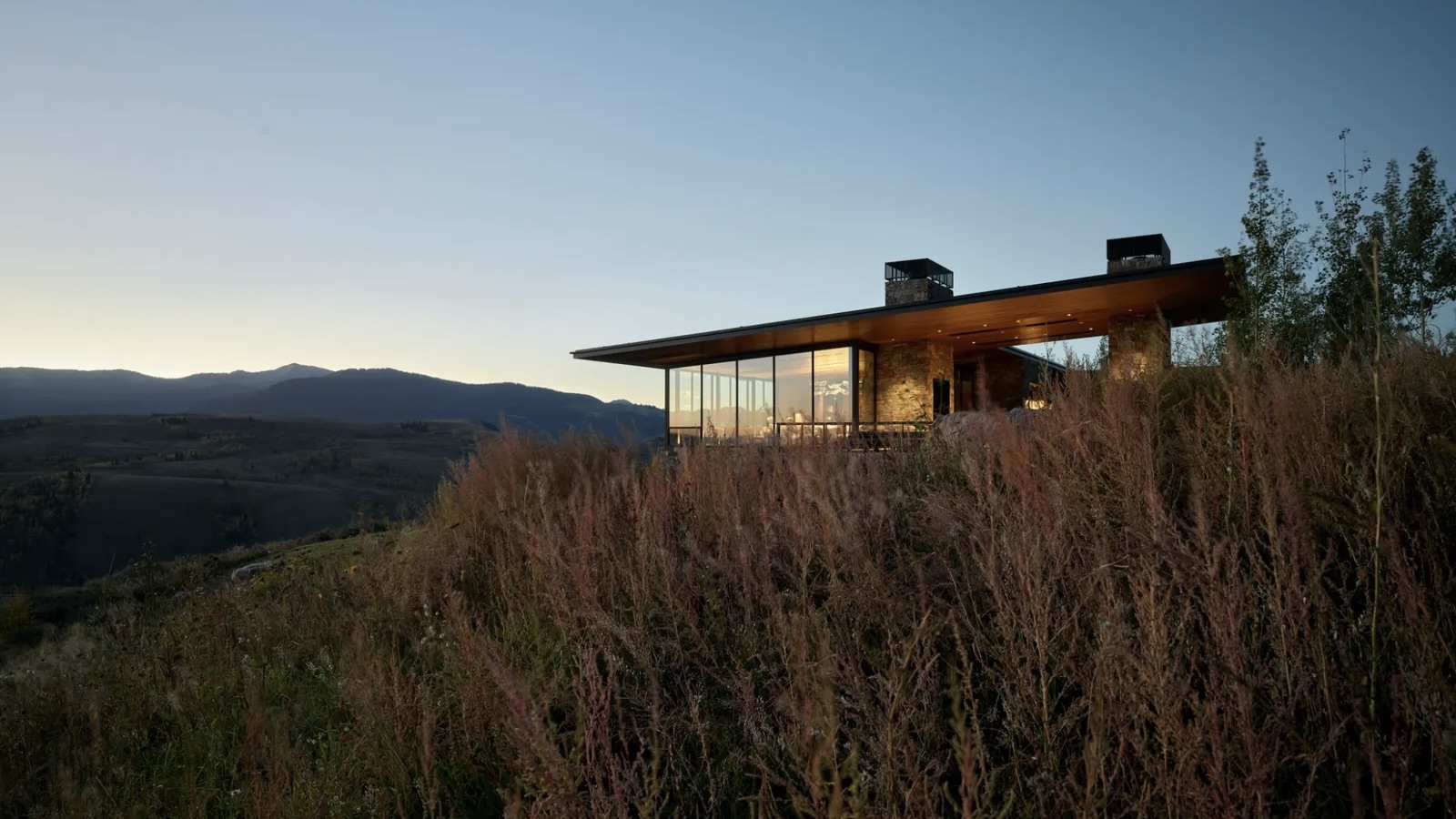 The Monthly Architecture Edit: Wallpaper’s favourite July houses
The Monthly Architecture Edit: Wallpaper’s favourite July housesFrom geometric Japanese cottages to restored modernist masterpieces, these are the best residential projects to have crossed the architecture desk this month
-
 Mayumi Miyawaki’s Fukumura Cottage puts this lesser-known Japanese modernist in the spotlight
Mayumi Miyawaki’s Fukumura Cottage puts this lesser-known Japanese modernist in the spotlightDiscover the little-known modernist architect through this private home in Japan’s Tochigi prefecture countryside
-
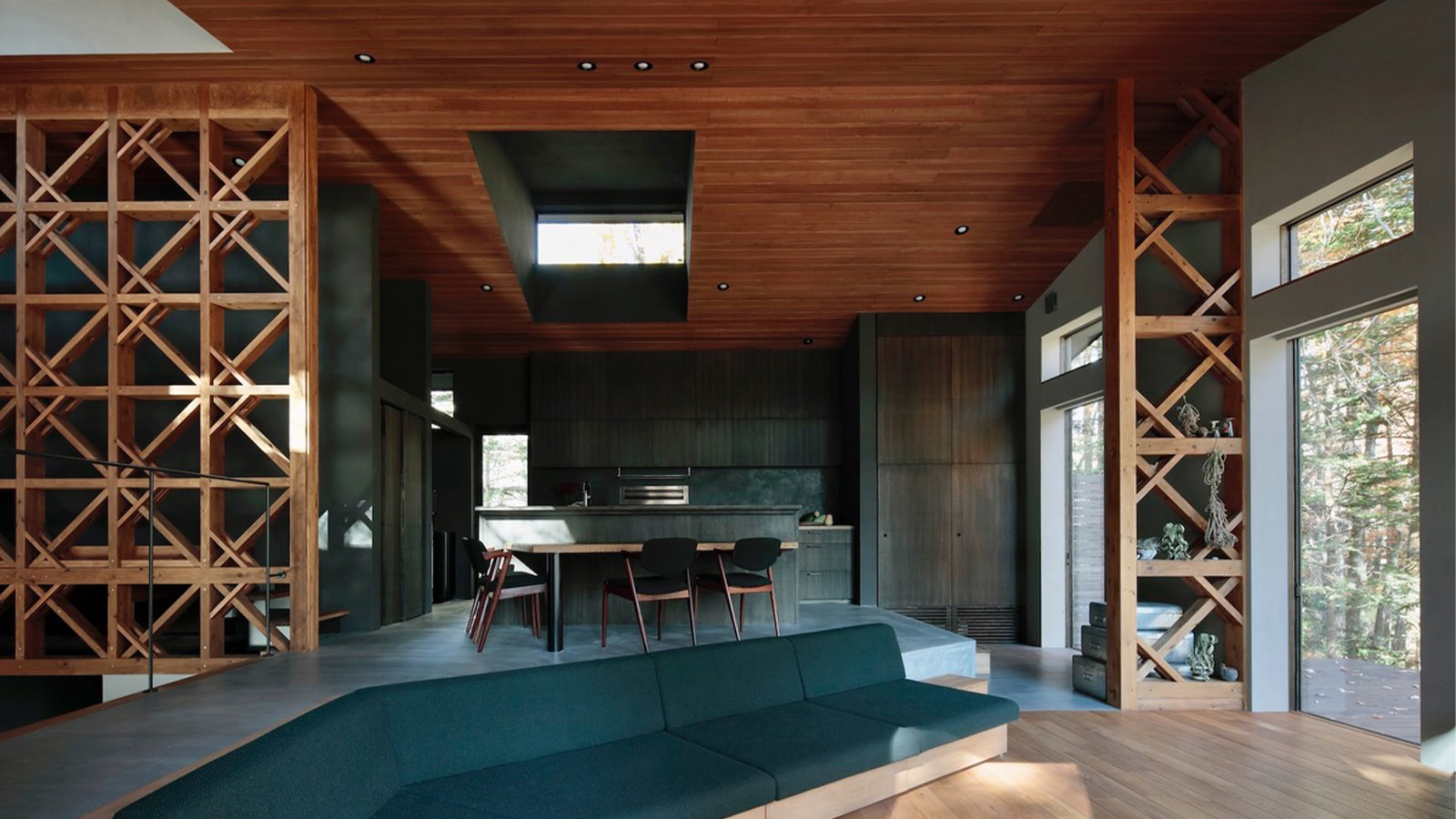 A Karuizawa house is a soothing, work-from-home retreat in Japan
A Karuizawa house is a soothing, work-from-home retreat in JapanTakeshi Hirobe Architects play with scale and space, creating a tranquil residence in which to live and work
-
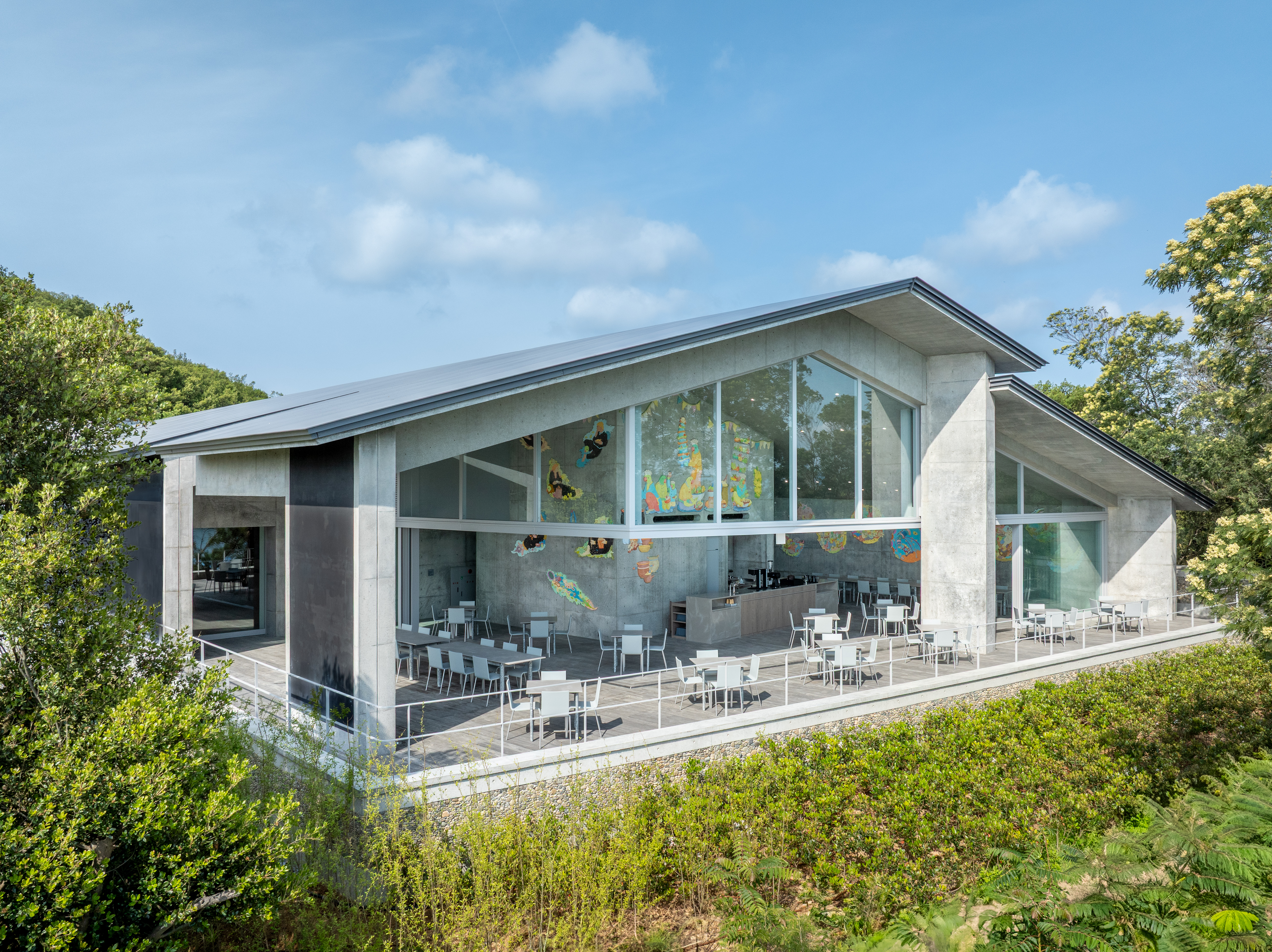 Naoshima New Museum of Art is a home for Asian art, and a lasting legacy, in Seto Inland Sea
Naoshima New Museum of Art is a home for Asian art, and a lasting legacy, in Seto Inland SeaThe Naoshima New Museum of Art opens, marking a seminal addition to the Japanese island's renowned Benesse Art Site Naoshima; we explore Tadao Ando's design
-
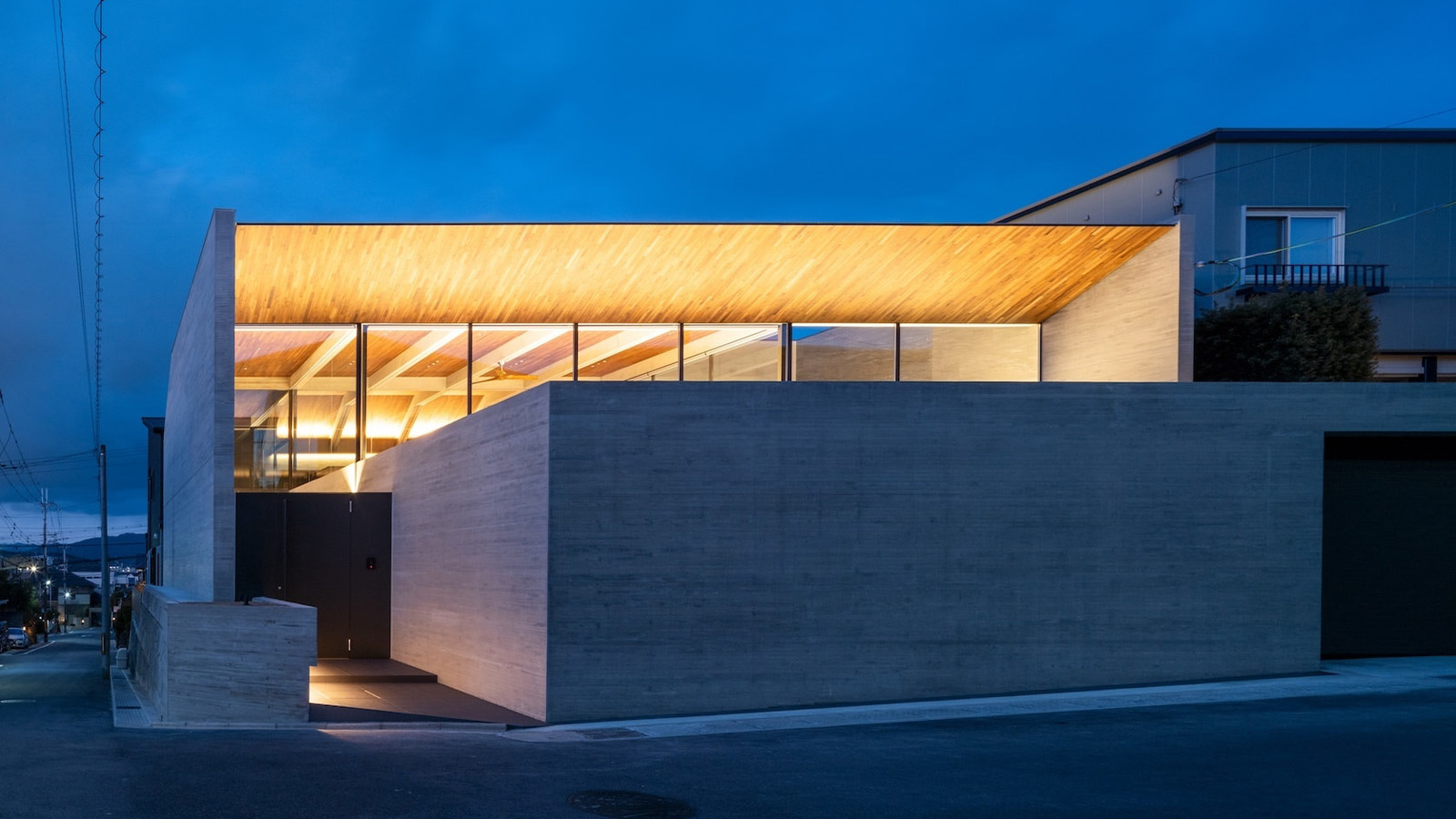 Behind a contemporary veil, this Kyoto house has tradition at its core
Behind a contemporary veil, this Kyoto house has tradition at its coreDesigned by Apollo Architects & Associates, a Kyoto house in Uji City is split into a series of courtyards, adding a sense of wellbeing to its residential environment
-
 Kazuyo Sejima and Ryue Nishizawa on harmony, nature and their RIBA gong
Kazuyo Sejima and Ryue Nishizawa on harmony, nature and their RIBA gongThe SANAA duo are celebrating their RIBA Royal Gold Medal 2025 in London today, and talked to us about self-reflection, the year ahead, and the need to create harmony in our environment